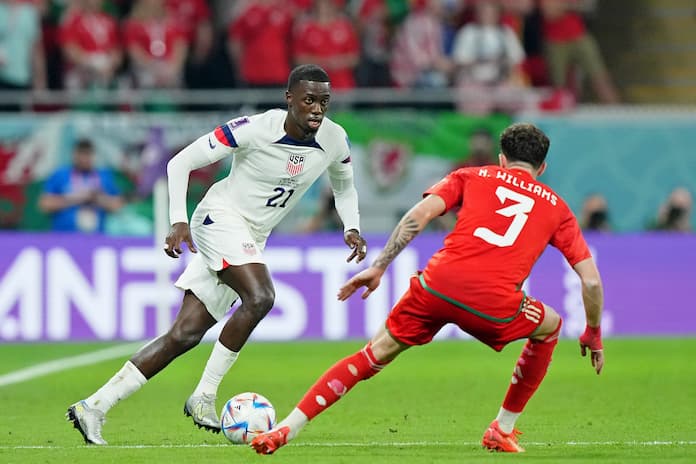Brazil will spend £175m renovating Rio de Janeiro’s iconic Maracana Stadium in preparation for the 2014 World Cup.
The stadium, which was opened for the 1950 World Cup and staged the final, will be closed while the majority of the work is carried out.
Originally built to hold 200,000 fans, the capacity will be reduced from its present 87,000 to 82,000 at world governing body Fifa’s recommendation. The facade will remain and a roof will be added to the five-storey structure. Work on the stadium will begin in March and it will be closed altogether in August and is expected to be reopened in December 2012.
The renovation includes upgraded changing rooms, a new area for the media, new seats, toilets and restaurants while the northern area of the city has also been earmarked for regeneration.
Maracana History
The Maracana is named after the neighbourhood in Rio in which it stands and was the centrepiece of the 1950 World Cup tournament.
Building work started in 1948 and the stadium was unfinished in time for the finals, but Fifa allowed it to be used. It would not be completed until 1965. In the final game of the tournament, depending on which report you read, anywhere between 174,000 and 200,000 supporters crammed into the biggest stadium in the world, expecting to watch Brazil lift the World Cup.
Due to the unique nature of the competition (the tournament was the only one not decided by a one-game final) Brazil met south American rivals Uruguay needing only a draw to lift the Jules Rimet Trophy. As luck would have it, Uruguay too were still in with a chance of lifting the World Cup, but they needed to win.
Friaca put the Brazilians in front just after half-time but Juan Schiaffino levelled and Alcides Ghiggia scored a late winner as Uruguay recorded a shock win to clinch the title for the second time.
After the World Cup, the Maracana was used for club games involving the four major clubs in Rio, Vasco de Gama, Botafogo, Flamengo and Fluminese.
Brazil legend Pele scored his 1,000th career goal at the stadium, a penalty for Santos against Vasca in November 1969 in front of 125,000 spectators.
In June 1984 the Maracana witnessed arguably one of England’s finest goals when John Barnes dribbled through the heart of Brazil’s defence to score in a 2-0 friendly win.
Zico holds the record for the most goals scored in the stadium. He scored his 333rd and final goal for Flamengo in 1989.
In 1992 part of the stadium collapsed leading to the death of three people with 50 injured. After the tragedy, the seating capacity was greatly reduced and the standing areas removed. Further renovations followed which eventually reduced the seating capacity.
In 2014, the Maracana will become only the second stadium to host a World Cup final for the second time, emulating the Estadio Azteca in Mexico which staged the 1970 and 1986 matches.
The stadium will also stage the opening and closing ceremonies of the 2016 Olympic Games as well as football matches.
Also see: The 10 Biggest Football Stadiums in the World
Add Sportslens to your Google News Feed!






